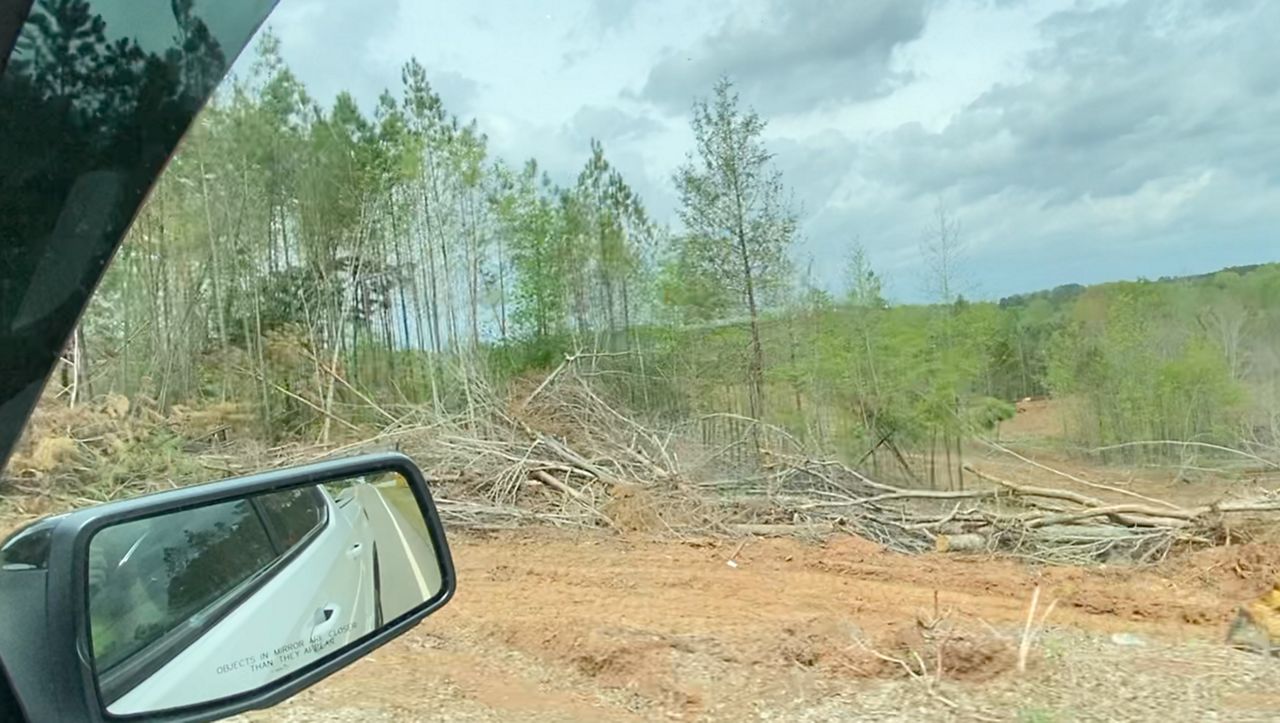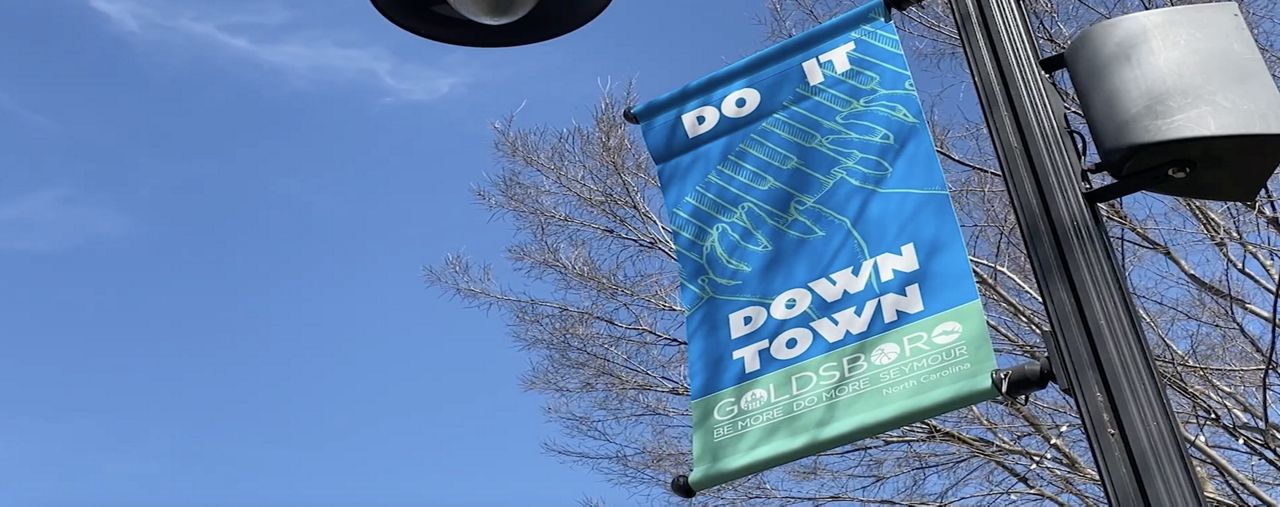DURHAM COUNTY, N.C. — As North Carolina cities grow, development can be seen all around, meaning land is harder to come by, and some rural residents are pushing back.
What You Need To Know
- The City of Durham and Durham County are updating the comprehensive plan for the first time since 2005
- A proposed map shows the urban growth boundary pushing farther into the county
- In light of more development, retired science teacher Pam Andrews founded Preserve Rural Durham
- She is worried that growth happening in Durham is not sustainable and will harm the environment
That's why Pam Andrews founded Preserve Rural Durham. The organization is working to conserve land through outreach and restoration.
Andrews and her husband both grew up in Durham County. Now, they live off of busy Route N.C. 98 on land that has been in their family for hundreds of years.
“It's a very historic piece of property to us, and it means a lot," Andrews said.
And even though Andrews' land remains pristine, what's happening around her is a different story.
Doc Nichols Road is a road a few miles from her home. It's 1.8 miles long and currently has a handful of developments underway. As a former science teacher, Andrews is concerned about what happens after these lots are clear cut.
"They want high density growth to help, I guess, with the housing crisis, but are we looking at the sustainability of our water, our animals, our plants?" Andrews asked.

The growth trend can be seen all over southeast Durham County. A land use initiative map from the city and county, called My Social Pinpoint, lets people see the current development happening.
“Pretty much all of the activity going on right now is going on over here," Andrews said while looking at the map.
She says she is not opposed to growth, she just wants to keep certain things in mind.
"I'm not a NIMBY, a 'not in my backyard,'" Andrews said. "We want to make it environmentally friendly. We want to make it environmentally sustainable. We want to make it something that is safe."
And Andrews has done her homework. She keeps a large binder that covers everything from concerns about how schools will grow, to whether emergency services have the capacity to serve the growing population.
All of this research comes to a head as Durham is establishing its new comprehensive plan, which hasn't been updated since 2005. Its proposed map shows the urban growth boundary pushing farther in the rural parts of the county.
What that means is more land will be annexed and therefore, city property will receive city water and sewer.
"And when they receive city water and city sewer, it allows these developers to put in hundreds and hundreds of homes," Andrews said. "The development behind our property will now be 666 dwellings."
It's a sad reality for Andrews, who says she will never sell the land where they live. But she knows that is not the case for everyone. That's why she hopes people weigh in on the comprehensive plan changes while they still can.
"More land is being taken every day," Andrews said. "I mean, there is obviously going to be nothing left on this side of town.”
The Durham Planning Commission will meet again on May 12. Spectrum News 1 has reached out to Engage Durham to find out when the comprehensive plan will be on their agenda next, and an official said the plan will be released for public feedback by the end of the week. The time period for residents to give their two cents on the plan will last until the end of June, and anyone interested in sharing their opinion or getting updates can click here.
"The policies will then be revised based on community input before being included with the final Comprehensive Plan document and proposed for adoption late this year," an official with Engage Durham said by email.
Preserve Rural Durham is in the process of becoming an official nonprofit. It holds meetings monthly. For more information on the group, click here.










